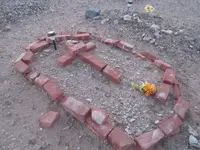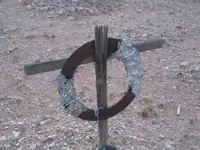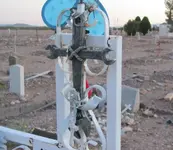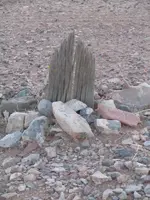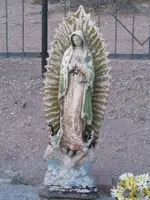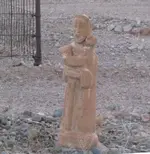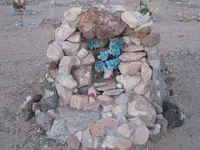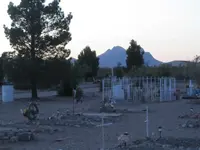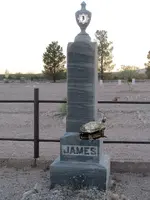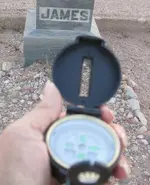Ditlihi
Banned
- Joined
- Aug 20, 2016
- Messages
- 1,227
- Reaction score
- 4,796
- Golden Thread
- 0
- Primary Interest:
- All Treasure Hunting
- #361
Thread Owner
Hello Ditlihi
Perhaps reading the some of the following works by Carl Sauer will give you a better insight?
Sauer was a fierce critic of environmental determinism, which was the prevailing theory in geography when he began his career. He proposed instead an approach variously called "landscape morphology" or "cultural history."
Carl Sauer's “The Morphology of Landscape” argues unambiguously that geography is the morphological study of cultural landscapes; it is the systematic study of both the ways in which humans have manipulated the physical landscape, and the ways in which physical landscape shapes the cultural landscape.
Here are some of his books below that might be well work checking out.
Man's Role in Changing the Face of the Earth
by Carl O. Sauer, Lewis Mumford, William L. Thomas Jr
Geography of the Upper Illinois Valley and History of Development
by Carl O. Sauer
The Geography of the Ozark Highland of Missouri
by Carl O. Sauer
Man in Nature : America Before the Days of the Whiteman
by Carl O. Sauer
Aztatlan : Prehistoric Mexican Frontier on the Pacific Coast
by Carl O. Sauer and Donald Brand
Agricultural Origins and Dispersals
by Carl O. Sauer
Colima of New Spain in the Sixteenth Century
by Carl O. Sauer
The Early Spanish Main
by Carl O. Sauer and Sauer
Seventeenth Century North America : French and Spanish Accounts
by Carl O. Sauer
Sixteenth-Century North America: The Land and the People As Seen by Europeans
by Carl O. Sauer
Agricultural Origins and Dispersals - The Domestication of Animals and Foodstuffs
by Carl O. Sauer
Kanacki
Thank you Kanacki!
Sounds like just the ticket for my rattled brain. You are, as always, a veritable gold mine of good research materials. You Rock, my friend.




 Thanks Mikel, I can always count on you to help me keep things in perspective, lol. Have a Great rest of the evening, I will sleep with a smile tonight, thank you so much.
Thanks Mikel, I can always count on you to help me keep things in perspective, lol. Have a Great rest of the evening, I will sleep with a smile tonight, thank you so much. 

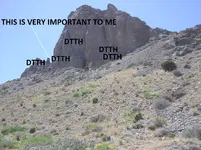
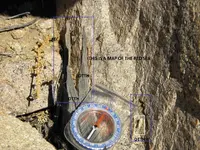


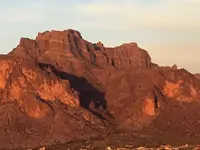
 lol). Such a peaceful place there in the shadow of the mountains, most of the graves obviously old and very poor. Still, they used what they had to hand with loving care and thought. Dog and I both were touched by the humble beauty of it.
lol). Such a peaceful place there in the shadow of the mountains, most of the graves obviously old and very poor. Still, they used what they had to hand with loving care and thought. Dog and I both were touched by the humble beauty of it.